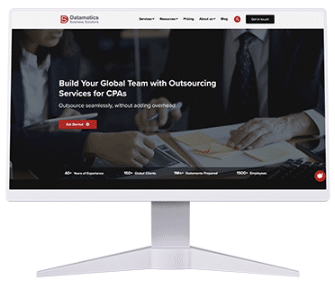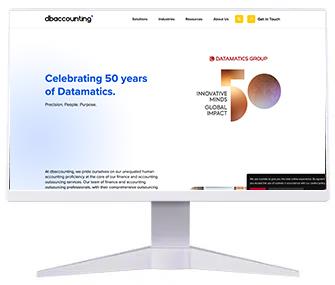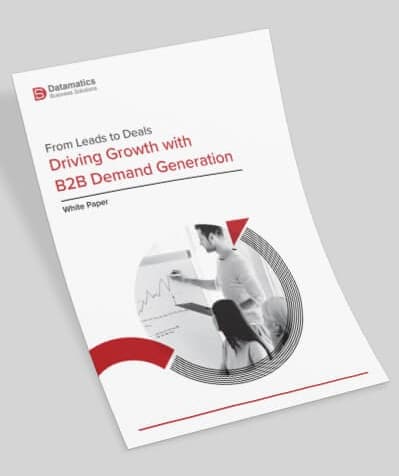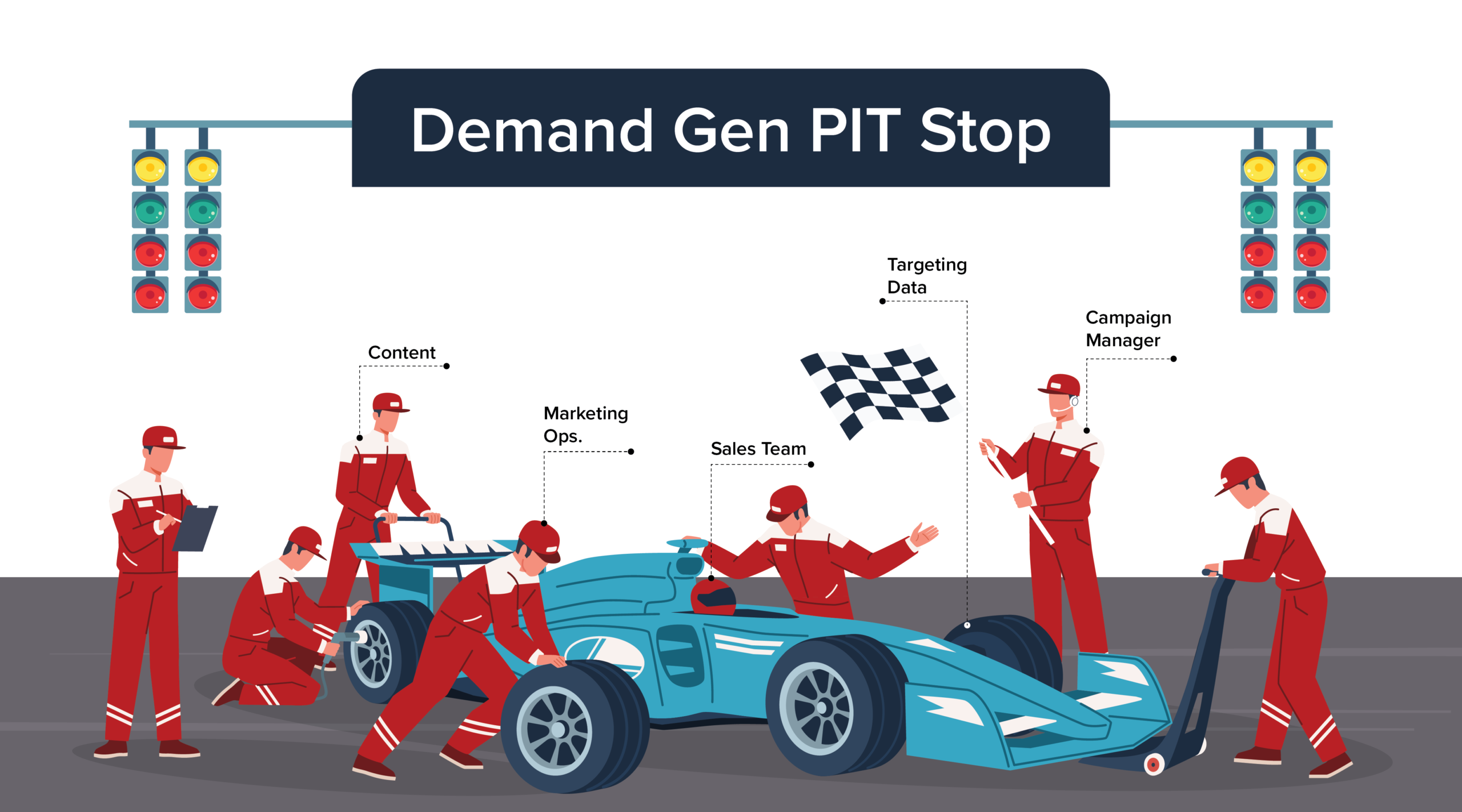
Formula 1 and demand gen. Not a likely combination. But this strategy changed a dying sports.
Formula 1— once the pinnacle of motorsport and glamour — was sputtering. Declining viewership, an aging fan base, and a growing disconnect from younger audiences meant that the roar of F1 engines wasn’t turning heads the way it used to. But then came a strategic pivot. One that wasn’t about changing tires faster but about shifting gears in how F1 engaged the world.
Today, Formula 1 is not just back — it’s booming. Social media is abuzz with highlights. Netflix viewers are binge-watching “Drive to Survive,” and younger fans are now attending Grand Prix weekends in record numbers. So, what changed?
It’s not just a comeback story — it’s a masterclass in Demand Gen.
A Brand Running on Empty
Let’s rewind to the early 2010s. Formula 1, while still elite and high-tech, was suffering a slow decline. Between 2010 and 2016, Formula 1 experienced a gradual decline in global TV viewership.
In 2012, the global audience dropped to just over 500 million, down from 515 million in 2011. This decline was attributed to decreased viewership in key markets like China, which could not be offset by gains elsewhere.
While specific global figures were not publicly disclosed between 2013 and 2016, the absence of reported growth suggests that viewership remained stagnant or continued to decline.
Factors contributing to this downturn included:
- Under Bernie Ecclestone’s leadership, F1 had a minimal presence on digital platforms, missing opportunities to engage younger audiences.
- Shifts towards pay TV in certain regions reduced accessibility for casual viewers. Races were gated behind expensive cable subscriptions, which meant that most people were doing away with them.
- Dominance by specific teams led to perceptions of predictability, reducing excitement for some fans.
- Younger generations didn’t see themselves in the sport.
- Sponsors were beginning to look elsewhere.
F1 had a great product — fast cars, global events, star drivers — but its brand relevance and market engagement were failing. And that’s where most struggling companies can relate: a product or service may be great, but revenue dries up if no one is engaging with it.
This is the exact problem Demand Generation Strategy is built to solve.
The Strategic Pit Stop: Enter Demand Generation
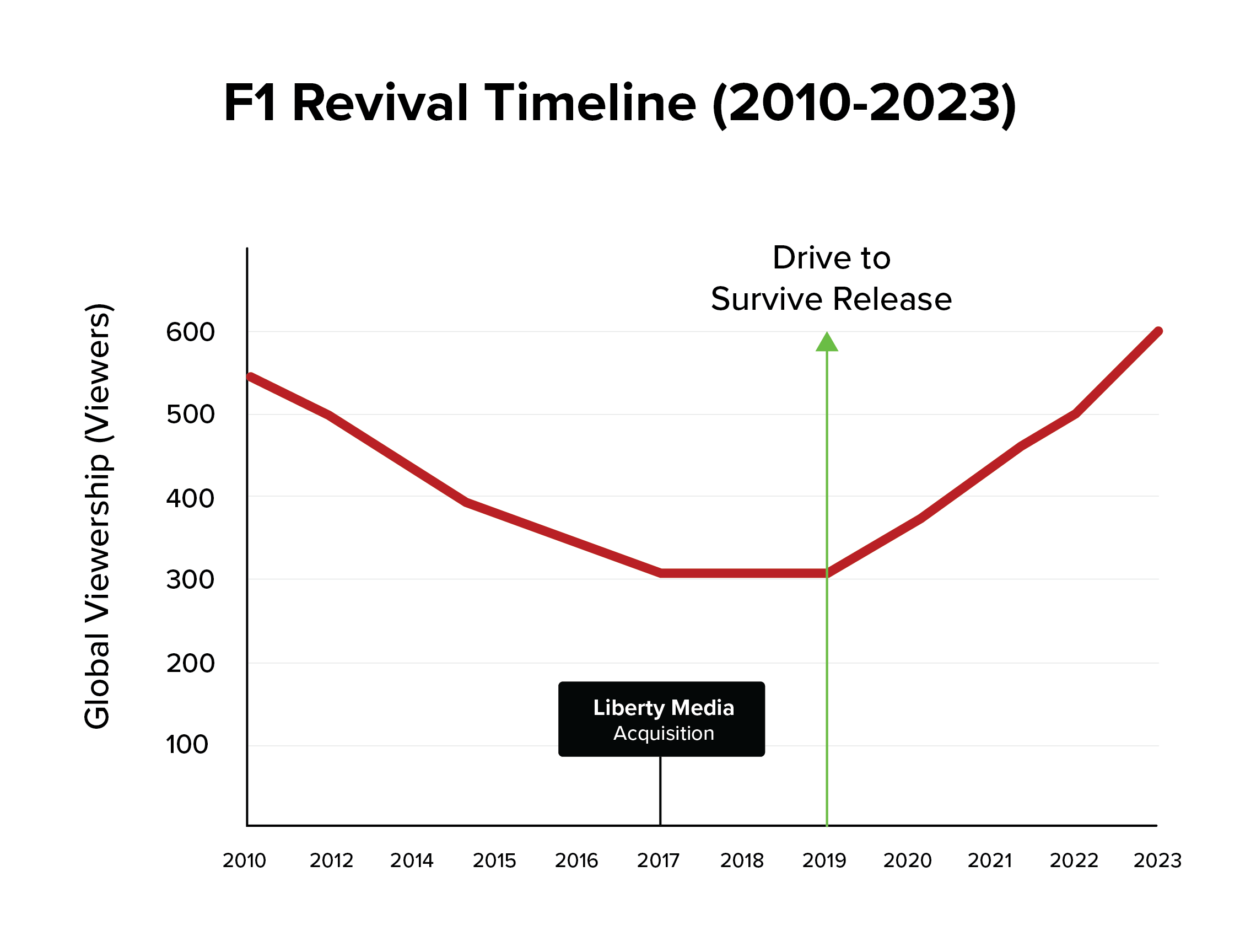
The acquisition of F1 by Liberty Media in 2017 marked a turning point. In 2017, the cumulative TV audience in the top 20 markets reached 1.4 billion, a 6.2% increase from 2016. Notably, countries like Italy (+19.1%), Brazil (+13.4%), and the USA (+13%) saw significant growth.
In 2018, the global cumulative audience rose to 1.758 billion, a 3% increase from the previous year. China experienced a substantial boost, with viewership tripling due to a return to free-to-air broadcasting. Other markets, including India (+87%) and the USA (+20%), also contributed to the growth.
So, how did F1 turn things around?
They didn’t just rely on flashy ads or cheaper tickets. They implemented a multi-channel demand generation campaign focused on engagement, education, and emotional connection — the same principles any brand can apply with the right demand generation services.
Here’s how F1 used demand generation to re-ignite global interest:
1. Storytelling: The "Drive to Survive" Effect
Netflix’s Drive to Survive became the spearhead of F1’s revival. More than just a documentary, it was a brilliant demand generation solution disguised as entertainment. It did three things exceptionally well:
- Humanized the drivers — making them relatable personalities, not just elite athletes.
- Explained the sport in simple terms, appealing to new, young audiences.
- Created year-round engagement — even when no races were happening.
The results? Millions of new fans, especially from non-traditional markets like the U.S., started watching races, engaging with teams, and buying merchandise.
Lesson for brands:
Use storytelling as a funnel, not just a top-of-funnel tactic. Create content that educates and emotionally connects with your audience.
Build narratives that evolve across the customer journey—spark curiosity at the top, nurture trust in the middle, and inspire confident action at the bottom.
Stories aren’t just for brand awareness—when used strategically, they’re a powerful tool for driving consideration and conversion.
2. Digital Domination
Before its turnaround, F1’s digital footprint was minimal. There was no real social media strategy, no viral content, and no meaningful fan interactions online.
Post-revival, F1 leaned into:
- Short-form video (TikTok, Reels, YouTube Shorts)
- Live engagement on Twitter/X and Instagram during races
- Behind-the-scenes access to paddocks, strategies, and tech
F1 transformed itself into a digitally native brand, meeting younger audiences where they were and engaging them on their terms.
For B2B companies, this is your demand generation roadmap:
a. Be where your buyers spend time
It’s not about being everywhere — it’s about being in the right place at the right time.
Understand where your target audience hangs out online. Are they active on LinkedIn? Listening to niche podcasts? Attending webinars or industry forums? Build your presence in those channels and tailor your message to the context.
When you show up in their natural digital habitat, you’re already halfway into the consideration set.
b. Share micro-content from your webinars, case studies, and events
Don’t let your big content pieces sit idle after one use. Slice them into short, punchy formats — 60-second video snippets, carousel posts, quote graphics, or stat cards. That killer insight from your webinar? It’s a post. That client win from your case study? It’s a tweet or a reel.
Micro-content keeps your brand in motion and your buyers engaged throughout the funnel.
c. Treat LinkedIn like your main racetrack — not just a resume platform
LinkedIn is no longer just for job seekers. The B2B social engine is where decisions are made, reputations are built, and demand is shaped. Post regularly. Engage in comments. Share value, not vanity.
From thought leadership to social proof, your LinkedIn presence should reflect your brand’s voice and vision. Make your company page and employee voices part of your integrated demand generation strategy.
3. Education Over Promotion
Let’s face it — F1 is complicated. The rules, tire strategies, and qualifying sessions… can feel like a foreign language.
But instead of simplifying the sport by dumbing it down, F1 chose to educate. Through explainer videos, team social media accounts, and influencers who break things down in plain language, they created informed fans — fans who care.
In demand generation, this is gold.
Whether you’re selling cybersecurity, SaaS, or enterprise data solutions, educating your audience is one of the most effective ways to drive long-term pipeline growth.
Webinars, explainers, and downloadable playbooks are not just lead magnets; they’re trust builders.
Your demand generation strategy should look like a classroom, not a billboard.
You can also read: How Does Demand Generation Work?
4. Personalization at Scale
One of the most underrated elements of F1’s success is how tailored the experience became across regions. Different content for European vs. American fans, customized campaigns for each Grand Prix city, local influencers, geo-targeted ads, and different commentary feeds.
The message?
“We see you. We speak your language. This sport is for YOU.”
Your demand generation campaigns should aim for the same level of personalization:
A. Use segmented email sequences based on the buyer stage
Not all leads are created equal — and neither should your emails be. Build segmented email workflows that cater to where the buyer is in their journey: awareness, consideration, or decision.
A top-of-funnel lead may need educational resources or insights, while a sales-qualified lead may respond better to a direct offer, testimonial, or product demo invite.
Delivering the right message at the right time drives higher engagement and faster conversions.
B. Localize landing pages and offers
A single, generic landing page won’t cut it for global audiences. Localize your content not just linguistically but contextually — include region-specific proof points, currency formats, compliance messaging, and relevant use cases.
This makes your offer feel more relevant and trustworthy, increasing the likelihood of conversions in different geographies.
C. Tailor CTAs to industries, roles, and pain points
A CMO in SaaS doesn’t want the same thing as an IT Director in manufacturing. Customize your calls-to-action based on industry jargon, key challenges, and job-specific goals.
For example: “See how retail marketers boost ROAS” or “Get your free data health check — designed for IT teams.” The more specific and relevant your CTA, the more likely someone is to take action.
Even in a data-saturated world, personalization still breaks through.
5. Partnerships and Ecosystems
F1 didn’t do it alone. They collaborated with:
- Netflix (for reach)
- Social Media Channels (for content virality)
- Brands like Red Bull and Mercedes (for lifestyle branding)
This extended their reach beyond the race track and into culture.
Likewise, demand generation services today involve building ecosystems.
A. Co-branded webinars with partners
Webinars are powerful on their own, but their impact multiplies when done in partnership. Co-branded sessions allow you to tap into a partner’s audience, boost credibility, and create shared value.
Whether it’s a thought leadership panel or a product-focused demo, these collaborations help position your brand as part of a larger, trusted network — and that trust fuels demand.
B. Content syndication via trusted industry publications
Publishing content on your own channels is good — but syndicating it through respected third-party platforms gets you in front of high-intent audiences faster.
When your whitepaper, guide, or case study appears on a platform your buyers already trust, it carries more weight. It’s not just about visibility; it’s about validation.
C. Strategic alliances to access new buyer groups
Today’s demand generation is about more than leads — it’s about reach and relevance. By forming strategic alliances (e.g., tech integrations, industry bodies, or niche service providers), you gain access to entirely new buyer groups.
These partnerships allow you to enter new verticals or geographies with credibility while sharing data and demand signals to fine-tune your targeting.
This isn’t “go it alone” marketing. This is network-led growth
Data + Emotion = Demand Gen Fuel
Perhaps F1’s most brilliant move was blending analytics with emotion. Every part of their strategy is backed by data: which videos perform best, which influencers convert fans, what time zones drive the highest engagement, etc.
But they always wrap that data in storytelling, drama, and personality — the kind of emotional touch that gets people to care.
This is precisely how modern demand generation solutions work:
- Use data to inform your targeting and timing.
- Use emotion to convert interest into loyalty.
It’s no longer just about clicks and MQLs — it’s about building real, enduring demand.
Final Lap: Your Brand Can Do This Too

If Formula 1 can go from “outdated and elite” to one of the most streamed sports on the planet, then any brand — yes, even in B2B — can revive its image and pipeline with the right demand generation strategy.
Here’s your simplified playbook:
- Tell better stories that connect emotionally.
- Educate consistently and generously.
- Go all-in on digital, not just dabble.
- Personalize everything.
- Build ecosystems that scale your reach.
- Back every move with data — and wrap it in humanity.
Final Thought
F1 didn’t just revive its brand. It reinvented how a legacy organization can create modern-day demand. And if you’re a marketer or growth leader wondering how to spark your next wave of the pipeline, maybe it’s time to take a pit stop, refuel your strategy, and drive demand the Formula 1 way.
Because demand gen isn’t just a marketing tactic — it’s the new engine for growth.
Want help with your demand generation campaigns? We have the right solution for you. Datamatics is built differently when it comes to demand gen. With almost 50+ years of experience, our experts know how to turn your campaigns around. Don’t just take our word for it. Talk to us and figure it out yourself.
To stay on top of the latest trends, subscribe to our blogs now.

Paul van de Kamp

